Want silky soft bed linen? This is the best thread count for sheets, according to bedding experts
Everything you need to know for hotel-luxe bed linen
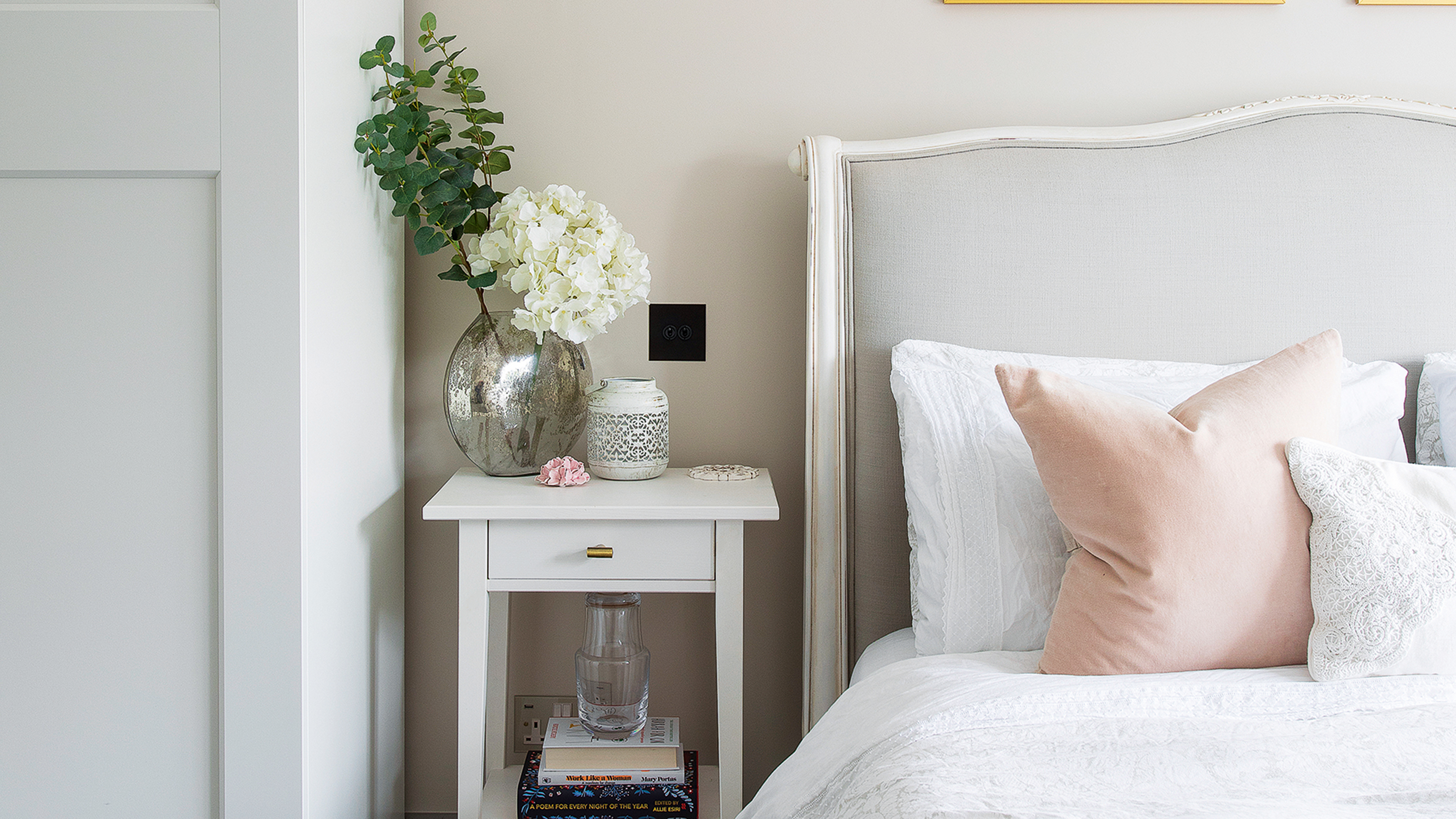

If you’re considering investing in new bed linen, you may well be wondering what the best thread count for sheets is. After all, getting into bed after a long day is ten times better if you're slipping into high-quality, luxe-feeling sheets.
Or, you may simply be wondering *what* thread count is, and why everyone seems to be making such a song and dance about it.
After all, spend any time browsing where to buy bedding online or take a stroll down the bedding aisle in your nearest homeware store, and you’ll begin to see thread count is something bedding manufacturers talk about, *a lot*. So, it must be important, right?
As Ideal Home’s Sleep Editor, I’m here to explain all. I’ve enlisted a roster of sleep and bedding experts to explain exactly what thread count means, and tell you what the best thread count for sheets is, once and for all.
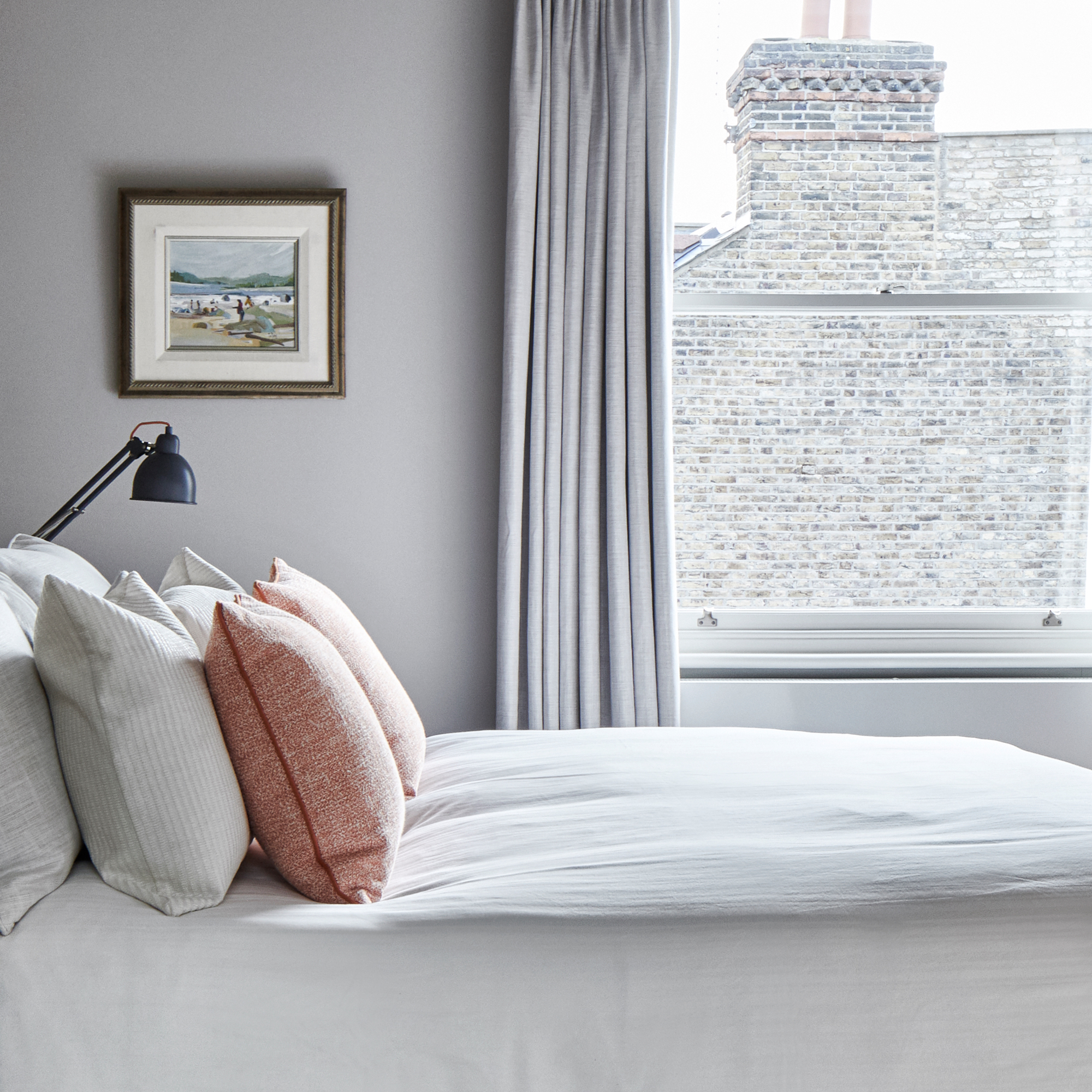
What is thread count in bedsheets?
First up, let's make sure we’re all on the same page. What exactly does thread count mean when it comes to sheets?
'The thread count of bed linen refers to how many threads are in a square inch of the material,' explains Farah Arshad, head of design at bedding brand DUSK. 'This number is worked out by counting the number of horizontal and vertical threads within the fabric.’
'Thread count is a measure of the number of threads woven into a single square inch of fabric,' agrees Kim Vause, bedding buyer at La Redoute. 'Thread count can range vastly from 180 to over 1800, so figuring out which is the best for you can be difficult.' Luckily, that’s exactly why our bedding experts are here to help.
Sign up to our newsletter for style inspiration, real homes, project and garden advice and shopping know-how
What's the best thread count for sheets?
'Generally speaking, people assume the higher the thread count, the higher the quality of the material,' says Farah from DUSK, but our experts say this isn't always the case.
'The maximum number of threads you can feasibly fit in a square inch of fabric to end up with a soft and breathable fabric is around 300-400,' explains Daniela Boleto, creative director at bedding brand Camomile London. 'This creates a single ply thread and a breathable, soft, and durable cotton sheet.'
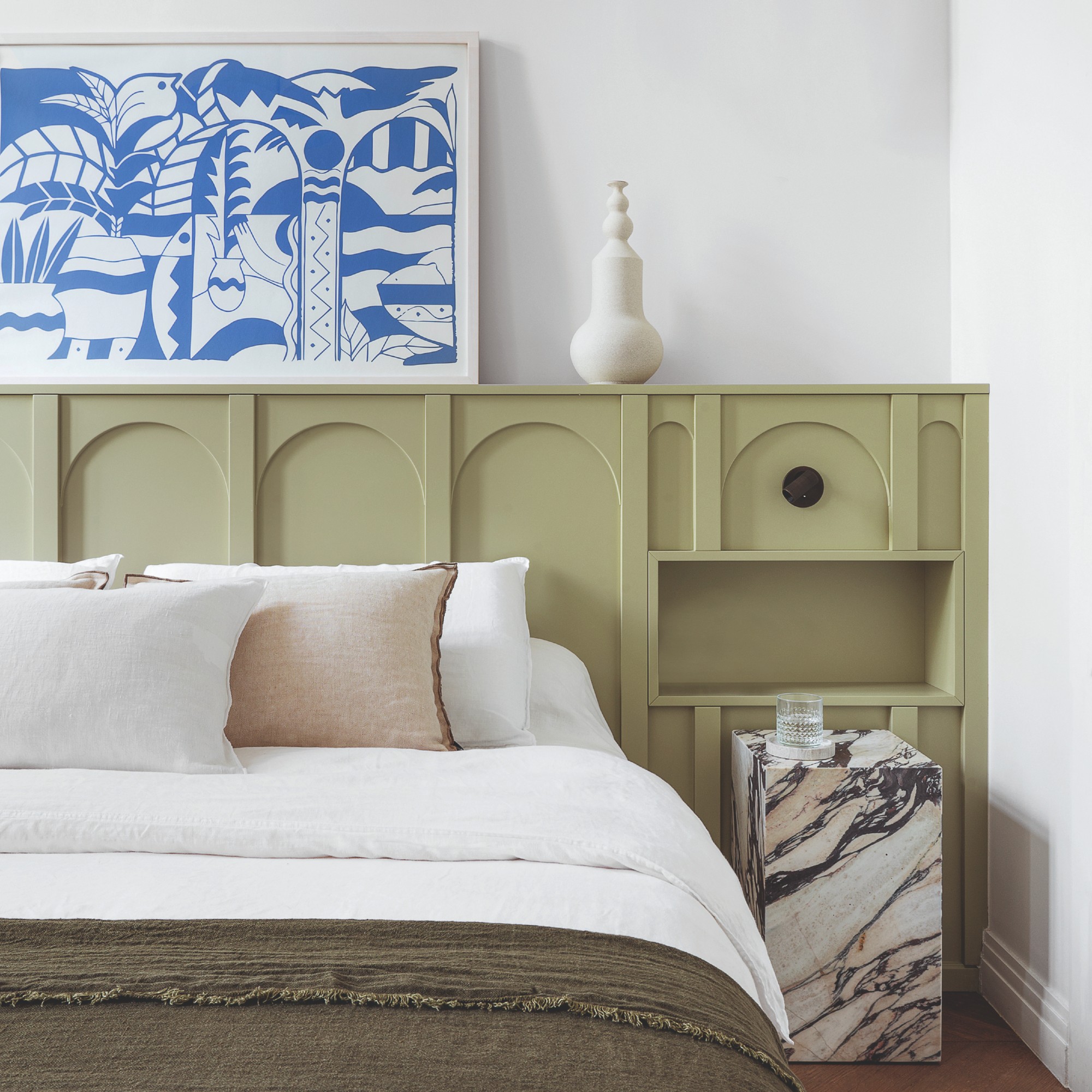
However, 'some manufacturers inflate their thread counts beyond 400 by wrapping individual cotton yarns around the single ply to create a plait-like thread,' says Daniela. 'This leads to a multi-ply yarn, which may be higher in thread count but will feel coarse and dense and hot to sleep under.'
'When it comes to bed sheets that feel luxurious, a natural fabric thread count of 200 will be enough to create a beautiful lightweight and breathable fabric', says Daniela. 'Anything higher than 400 will likely involve multi-ply rather than single ply, and could create an uncomfortable sleeping experience.'
'I recommend opting for bed sheets within the 200-400 thread count range for high-quality, soft bedding,' agrees Kim from La Redoute.
'Higher isn’t always better,' confirms Molly Freshwater, co-founder of Secret Linen Store, 'I know that surprises people. You can make a wonderful 200 thread count sheet with fantastic yarns, and you can make a poor 1200 thread count fabric with terrible yarns.'
In fact, if you're looking for luxurious sheets, our experts are keen to point out that thread count is only part of the equation.
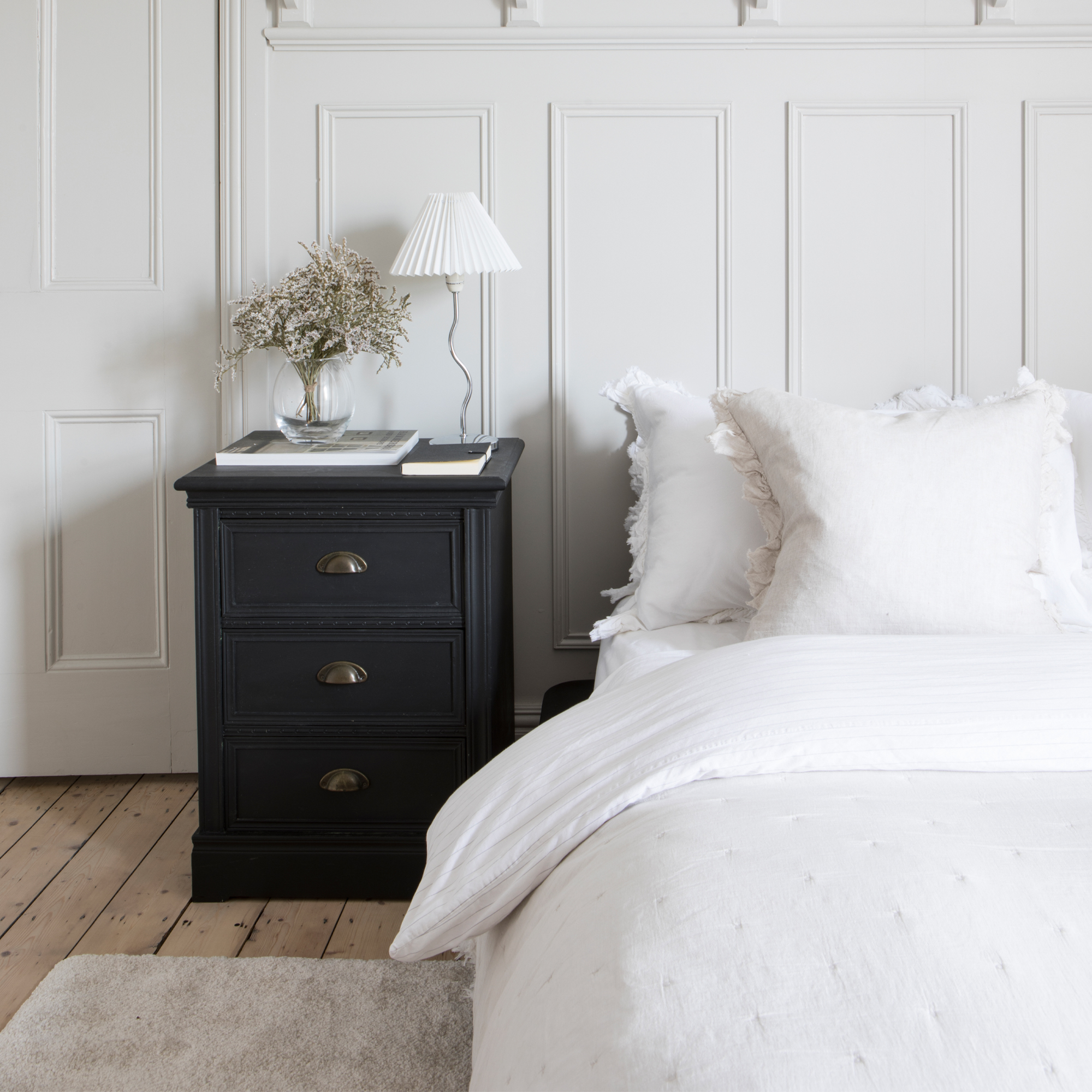
'Don’t be fooled by thread count,' confirms Jo James, founder and creative director of Bedfolk. 'What matters in terms of breathability and softness is the quality of the threads. Specifically, the staple length of the cotton used in your bedding.'
'As staple length increases, you’ll find less exposed fibre ends (the rough, dense, itchy stuff), so look for long-staple cotton fibres and you’ll really feel the difference in terms of comfort.'
'Thread count matters, but only to a point,' agrees Caroline Brooks, founder of Hampton and Astley. 'Many assume higher is always better, but quality is just as much about the fibre itself. A thread count between 300 and 500 is considered optimal for Egyptian cotton, offering a perfect balance of softness, breathability and durability. The finest long-staple Egyptian cotton gives a silky-smooth, sumptuous finish, without feeling heavy.'
Shop the best threadcount sheets
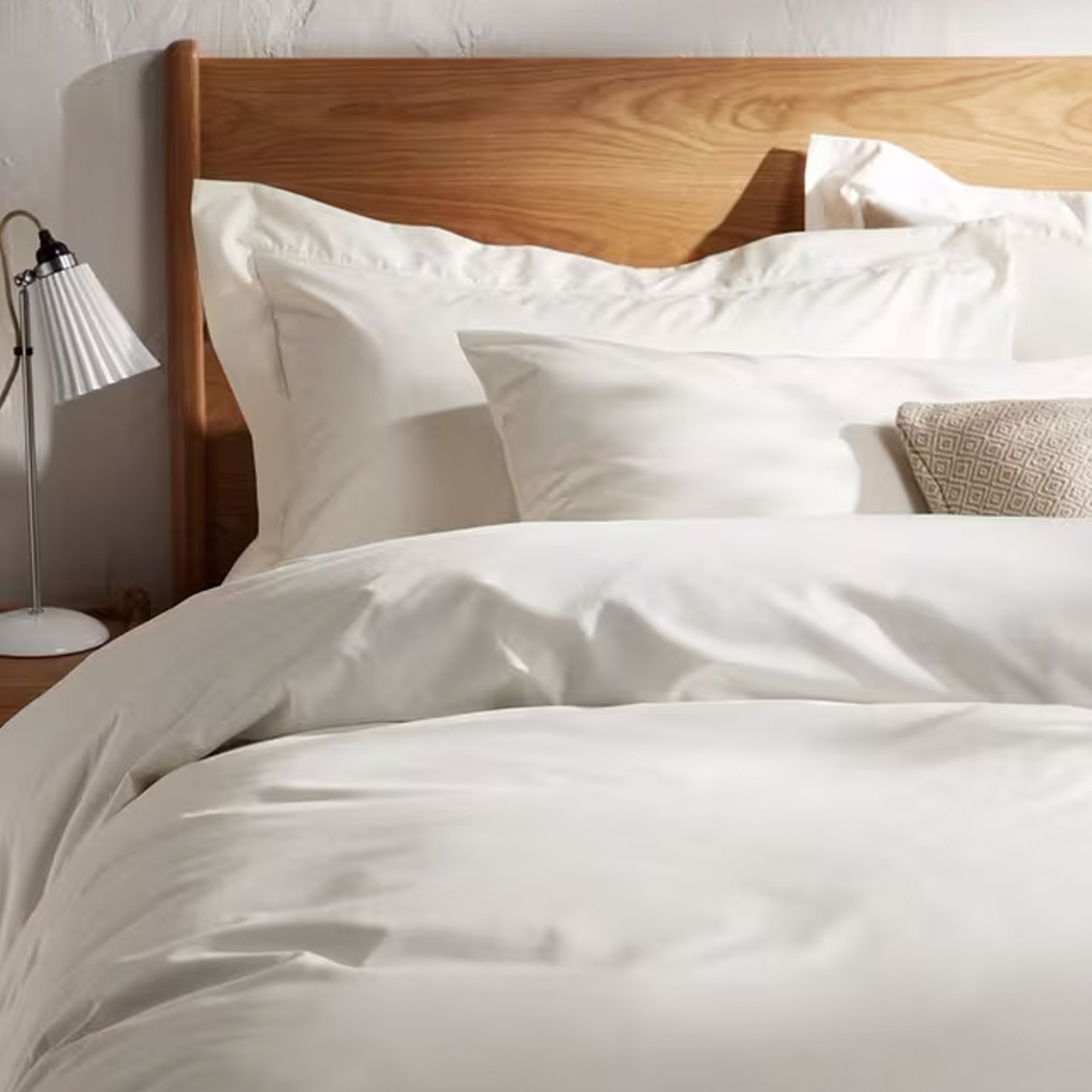
This 200 thread count Egyptian cotton bedding from John Lewis is a great lightweight option for summer, and those longer, finer cotton fibres mean extra softness that will make climbing into bed a joy.
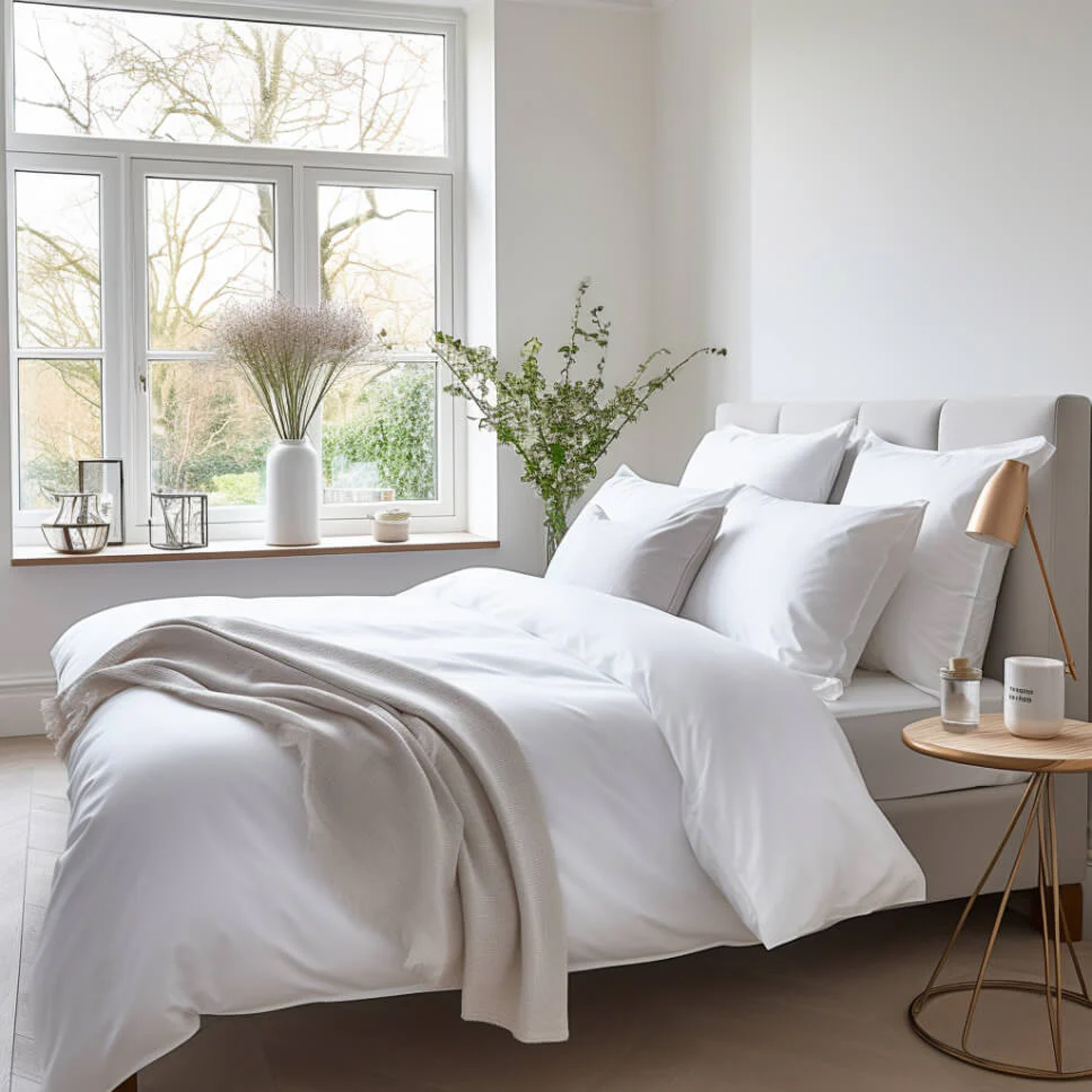
If you want to recreate boutique hotel vibes at home, these heavier weight Egyptian cotton sheets feel silky soft and super luxurious, yet thanks to their long staple fibres they remain breathable.
FAQs
Is 1500 thread count good?
Our bedding experts agree that any fabric over a 400 thread count is usually a multi-ply fabric rather than single-ply. This means that the fabric is likely to be very thick and heavy, which will make it unbreathable and probably uncomfortable for most of us to sleep under.
'This may also mean bed linen is higher maintenance,' says Farah from DUSK, meaning it's likely to take a long time to wash and dry, something that's not ideal for bedding.
Which is better, 400 or 800 thread count sheets?
Our bedding experts were unanimous in recommending lower thread count sheets, somewhere between a 200 and 400 thread count. Instead, they say the type of thread is what matters most if you want silky soft sheets.
'Generally speaking, the longer the threads, the better the softness and the drape of the material when woven into bed linen,' explains Farah. 'Cotton grown in Egypt often produces longer, finer yarns verus regular cotton, which is why it's considered the best material for bed sheets.'

Amy is Ideal Home’s Sleep Editor and the Ideal Home Certified Expert on Sleep. She's spent the last four years researching and writing about what makes for the best night’s sleep during the day and testing out sleep products to find the best-in-class by night. So far she’s clocked up over 10,000 hours of pillow, duvet, and mattress testing experience.
Our go-to for all things sleep-related, she’s slept on and under bestselling products from Simba, Emma, Hypnos, Tempur, Silentnight, Panda, and many many more.
As a hot sleeper, Amy is always on the lookout for the most breathable bedding, but she also leads a wider team of testers to ensure our product testing encompasses both hot sleepers, cold sleepers, front sleepers, back sleepers, side sleepers, and everything in-between.